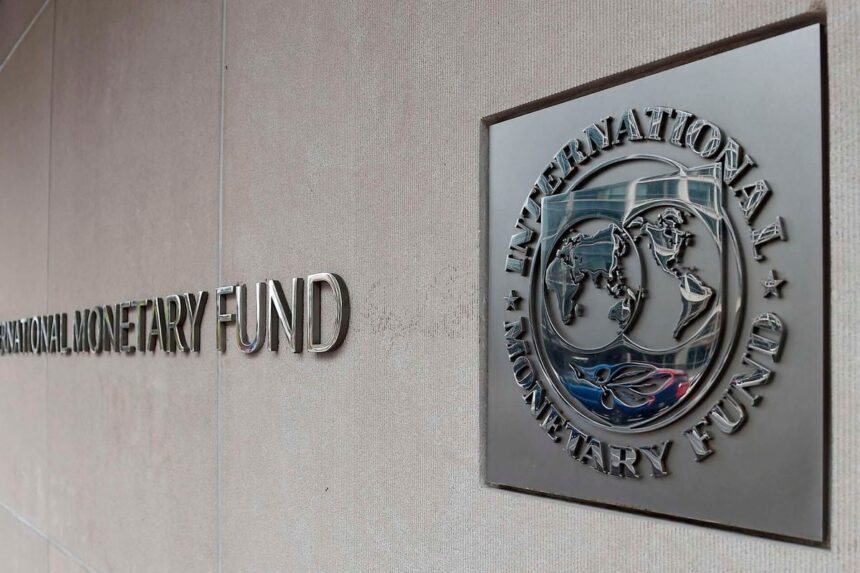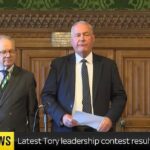
Kenya has asked the International Monetary Fund (IMF) for an in-depth assessment of corruption and mismanagement of the country’s resources draining public finances. This follows a push by major shareholders in the fund to unlock debt for the country.
What is the IMF’s governance diagnostic program?
It is an initiative of the IMF mission that monitors the level of governance and transparency to prevent corruption and abuse of public office for private gain.
The governance diagnosis is designed to assess the severity of the risk of corruption, identify governance weaknesses related to the vulnerability of corruption in the main functions of the state, propose concrete reform measures to improve governance, integrity, and the rule of law, and produce a public report.
When did this government diagnostic initiative start?
In 1997, the IMF adopted a policy to address economic governance, which was embodied in the Guidance Note “The Role of the IMF in Governance Issues”. To further strengthen the implementation of this policy, the IMF adopted in 2018 a new Framework for Enhanced Engagement on Governance (Governance Policy) which aims to promote a more systematic, effective, honest, and fairer engagement with member countries on the vulnerability of governance-including. corruption—which is important for macroeconomic performance.
What does the IMF’s economic governance policy include?
These policies focus on state functions that are most relevant to economic activity; namely: fiscal governance; supervision of the financial sector; central bank governance and operations; market rules; rule of law; and Anti-Money Laundering and Combating the Financing of Terrorism (AML/CFT).
The policy also focuses on aspects of transnational corruption, particularly measures designed to prevent the bribing of foreign public officials or the provision of services that facilitate the concealment of the proceeds of corruption.
What are the main areas of concentration in the IMF’s governance diagnostic program?
IMF initiatives focus on the reform of treasury institutions, budget preparation and approval procedures, tax administration, accounting, and audit mechanisms, central bank operations, and official statistical functions.
Emphasis is also on the reform of the market mechanism, especially in the system of exchange, trade, and prices, and aspects of the financial system.
Furthermore, the initiative examines the area of regulation and law, with a focus on taxation, laws and regulations of the banking sector, and the establishment of free and fair market entry such as the tax code and commercial law and the central bank.
The diagnostic also considers the validity and alignment of legal and organizational arrangements to fight corruption with international standards and good practices.
How are countries added to the IMF’s governance diagnostic program?
Countries voluntarily ask the IMF to join their government’s diagnostic program. Due to the importance of “supply side” and “facilitation” issues, the Fund requests that members — regardless of whether they experience systemic domestic corruption themselves — voluntarily agree to have the system assessed by the Fund in the context of supervision, both in terms of anti-bribery frameworks and aspects of the AML/CFT framework that seek to prevent the concealment of the proceeds of corruption by foreign officials.
How many countries have participated in the IMF’s governance diagnostic program?
Many countries that have since early 2023 requested a government evaluation include the Central African Republic, the Democratic Republic of the Congo, Sri Lanka, Zambia, Benin, Cameroon, the Republic of the Congo, and Guinea Bissau. Others are the Islamic Republic of Mauritania, Mozambique, Ukraine, Paraguay, Tunisia, Gambia, Sudan, Lebanon, Moldova, and Equatorial Guinea.
How does the IMF identify governance issues?
In the context of Article IV consultations, program negotiations, and technical assistance missions, staff examine aspects of poor governance that will affect the implementation and effectiveness of economic policies and private sector activities. The IMF could also look into greater transparency in the implementation of macroeconomic policies that could help build private sector confidence in government policies.
Does the IMF partner with other agencies in governance audits?
The IMF works with other multilateral agencies and donors to address economic governance issues.
How does the IMF communicate its governance audit findings?
The fund prepares a government diagnostic report on each country it audits. The diagnostic report is a country-tailored in-depth assessment of corruption and governance vulnerability that draws on local knowledge and expertise and provides prioritized and prioritized recommendations.
All diagnostic reports provide timely policy recommendations tailored to the needs and capacities of countries, with different priorities. For example, from the diagnostic review in Sri Lanka, the IMF made many recommendations including the publication of asset declarations for senior officials (President, Prime Minister, ministers) on the designated website in accordance with the Anti-Corruption law.
Audit Sri Lanka also recommends changes to the country’s National Audit Act so that the Auditor-General can pay additional costs to officials, including the chief accounting officer, for failing to exercise responsibility for oversight and accountability for the use of public resources.
Do governance audit findings determine the IMF’s financing engagement with countries?
yes already. Diagnostic findings have been presented in subsequent IMF engagements with member countries. He informs the country team about the design of the program and is used by the country authorities to plan and implement reforms.
The majority of governance diagnostics are conducted in the context of discussions for new programs or during ongoing programs.




